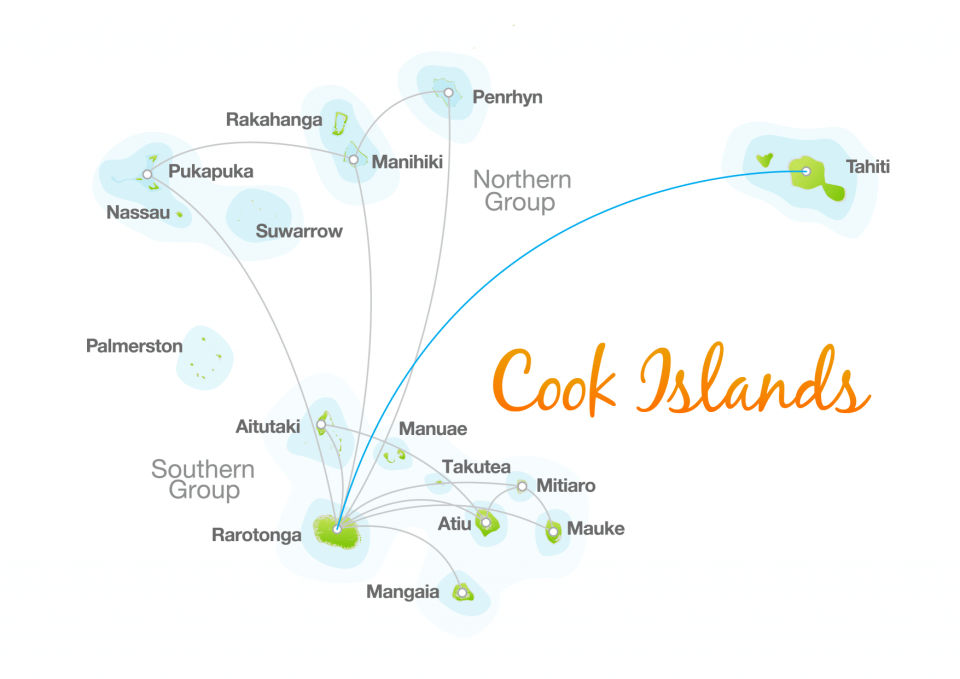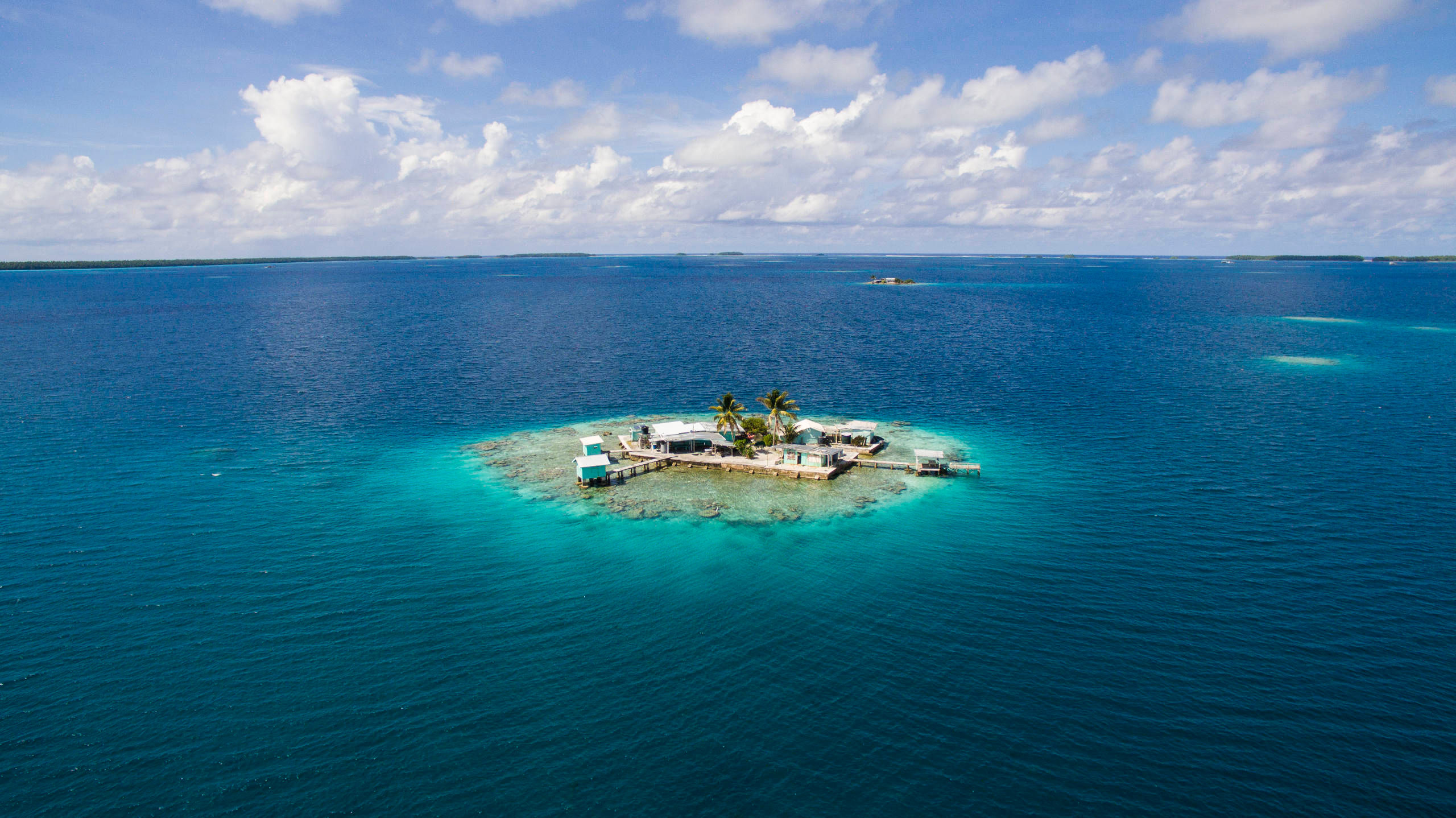Explore Our Islands

We fly to 9 of the 15 Cook Islands and to Tahiti
The Cook Islands
Rarotonga International Airport handles regular direct connections from New Zealand and Tahiti making the Cook Islands an attractive stopover between the northern hemisphere and New Zealand.
This is our home, 15 volcanic and atoll islands spread out over 2 million square kms of the great Pacific Ocean, an area the size of Europe.
Our people were born of the sea, travelling over this great ocean from Avaiki to settle in what is one of the last havens on Earth. Come and discover a place where the natural beauty of the land is only surpassed by the warmth and hospitality of her people. Make your trip truly unforgettable and connect the dots with Air Rarotonga.
